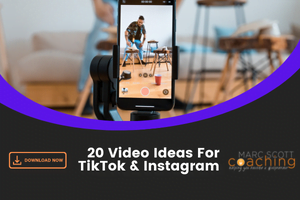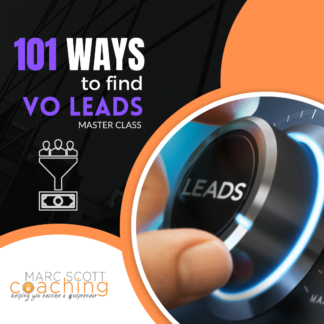Have you ever sat down and done the math to add up how much Pay To Play casting site memberships cost you annually?
Right now, for arguments sake, let’s say there are three main players in North America. Two of them have recently raised their annual fee, the third, in my opinion (based on recent activities), likely won’t be too far behind.
Realistically, you could be spending close to $1,000 a year on memberships, assuming you have paid memberships on each of the three main sites (which many talent do).
It doesn’t stop there.
Higher Fees. Higher Commissions. Lower Rates.
 One of the casting sites takes an additional 10% for an escrow fee. On top of that, many of their projects (so I’ve been told) are now “managed projects”, which means an even greater percentage of your final rate is being taken by the casting site.
One of the casting sites takes an additional 10% for an escrow fee. On top of that, many of their projects (so I’ve been told) are now “managed projects”, which means an even greater percentage of your final rate is being taken by the casting site.
Speaking of rates, did I mention that on at least two of the main sites they seem to be on the decline?
Another one of these “big three” takes commissions ranging from 15-20%. This, of course, is on top of your annual membership fee.
In other words, more money out of your pocket.
Thousands Out Of Pocket
It’s not unreasonable to assume that casting sites could be costing you literally thousands of dollars a year in fees and commissions. And this is before we’ve even begun to attempt to calculate the amount of time you spend on each site auditioning versus the number of jobs you actually book. That should be part of your cost equation, if you’re being honest with yourself.
I did the math and it didn’t add up in my favour.
When I recently mentioned in a post that I haven’t had a paid membership on a Pay To Play casting site for nearly two years, many talent asked how I did it.
The answer is easier than you might think.
How I Eliminated Pay To Plays
I cut out of the middleman. In this case, the middleman was the casting site.
Instead of spending hours a day auditioning across three sites, I took that time and started marketing directly to the end users. The people paying for the voice overs.
The result? Work walking through my door every week. Work that, many times, doesn’t require any auditions. Just final scripts and paid gigs. Better yet… no membership fees, no commissions, nobody preventing direct contact with the client, no rates dictatorship.
More money (that I’m working for) in my pocket… instead of into the Pay To Play’s million dollar bank accounts.
My voice. My business. My rates.
What I did was take back complete control of my career and business, removing the control I had, in essence, been paying casting sites to manage for me.
It’s quite possibly the smartest thing I’ve ever done as a voice talent.










